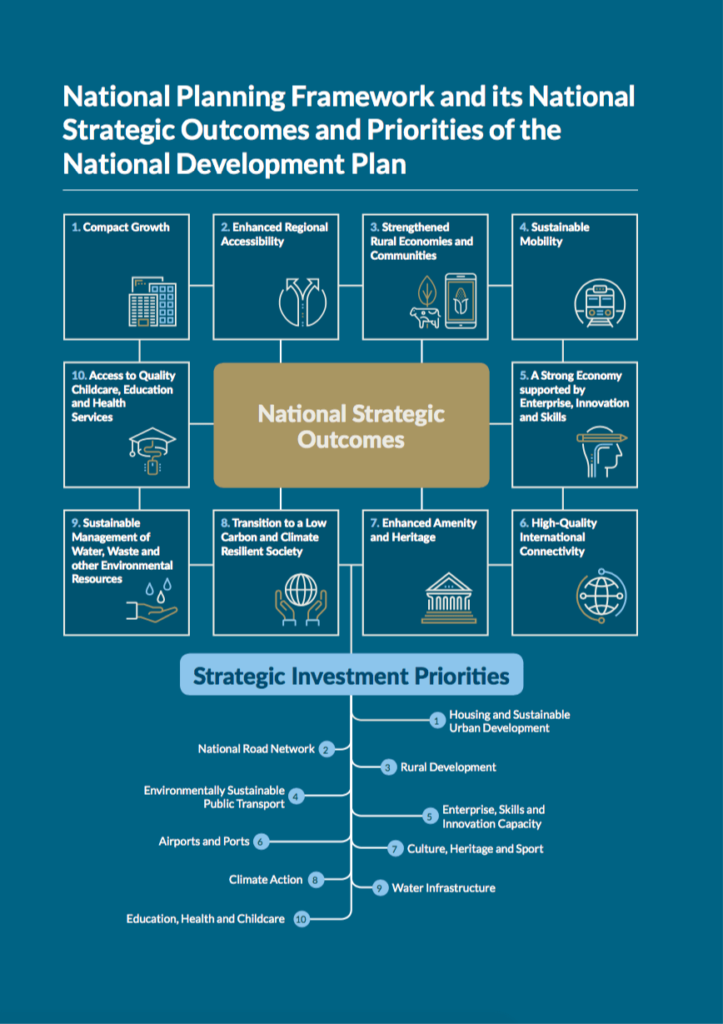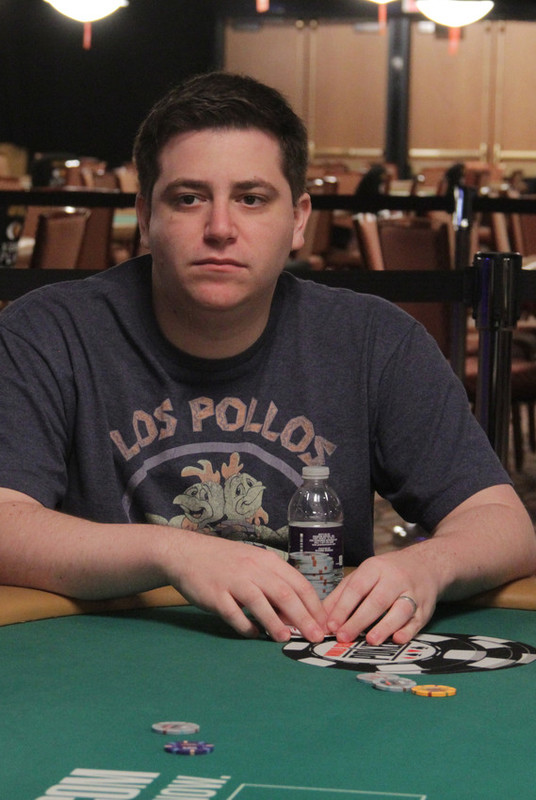Plo 8 Or Better Strategy
Pot Limit Omaha fans are delighted to learn partypoker has added 11 new PLO tournaments to its schedule and they all come under the Daily Legends umbrella.
Daily Legends have proven extremely popular thanks to them featuring a limited number of re-entries, reduced late registration, and a structure that allows them to finish at a reasonable time of night without compromising the structure of each tournament.
An Example of an Omaha Hi-Lo Split-8-or-Better Poker Hand Let's say a hand of Omaha hi-lo goes to showdown with the final board reading A ♦ 6 ♣ 3 ♠ K ♦ Q ♦. You hold A ♣ K ♠ 7 ♦ 4.


All Daily Legends were No-Limit Hold’em variants until the new PLO Daily Legends launched.
- Your Next Steps to Learn Better Pot Limit Omaha Strategy In this article I have made the case for building a meaningful conception of PLO to guide your play rather than imitating a machine-generated solver solution (or imitating an imitator of such solutions).
- Chapter 13: Omaha Eight or Better. Unlike most of the other chapters that the Full Tilt Poker Strategy Guide: Tournament Edition dedicates to games other than No Limit Hold ‘Em, Mike Matusow’s “Omaha Eight or Better” really is dedicated to tournament strategy rather than to the fundamentals of the game. Unfortunately, I ultimately found.
Eleven new PLO Daily Legends run Monday through Sunday with buy-ins ranging from $2.20 up to a still affordable $55. Guaranteed prize pools for these PLO tournaments range between $750 and $5,000. partypoker will no doubt increase these guarantees over time if players support the tournaments.
| Time (GMT) | PLO Daily Legend Tournament | Buy-in |
|---|---|---|
| 5:35 p.m. | The Quarterback: $3K Gtd | $22 |
| 6:05 p.m. | The Chieftain: $5K Gtd | $55 |
| 6:05 p.m. | The Scoop: $1.5K Gtd | $7.50 |
| 6:05 p.m. | The Forge: $750 Gtd | $2.20 |
| 6:35 p.m. | The Double Suited: $3K Gtd | $11 |
| 7:05 p.m. | The Formidable: $5K Gtd | $33 |
| 7:35 p.m. | The Wheel: $2.5K Gtd | $12.50 |
| 8:35 p.m. | The Fantastic 44: $4K Gtd | $44 |
| 9:05 p.m. | The Fantastic 4: $1.5K Gtd | $4.40 |
| 9:35 p.m. | The Wrap: $2.5K Gtd | $16.50 |
| 10:35 p.m. | The Chop: $1K Gtd | $3.30 |
Sundays are now even more special for those of you who prefer four hole cards to two. Three higher buy-in PLO tournaments start on February 7 that have buy-ins from $125 to $530 and combined guarantees worth $45,000.
The $530 Great Game kicks Sundays off at 6:05 p.m. with the $125 Steel Wheel commencing half-hour later. The $215 Fortress starts at 7:30 p.m.
| Time (GMT) | PLO Daily Legend Tournament | Buy-in |
|---|---|---|
| 6:05 p.m. | The Great Game: $20K Gtd | $530 |
| 6:35 p.m. | The Steel Wheel: $10K Gtd | $125 |
| 7:30 p.m. | The Fortress: $15K Gtd | $215 |
Try Out the New PLO Daily Legends For Yourself
Why not try something different and play some of these PLO Daily Legends for yourself? If you download partypoker via PokerNews and make a deposit of £10 or more, partypoker gives you £40 worth of SPINS and tournament tickets over the course of a week.
- Day 1: 5x $1 SPINS tickets +1x $5.50 MTT ticket
- Day 2: 1x $3 SPINS tickets +1x $3.30 MTT ticket
- Day 3: 1x $3 SPINS tickets +2x $3.30 MTT ticket
- Day 4: 4x $0.25 SPINS tickets +1x $5.50 MTT ticket
- Day 5: 1x $5 SPINS tickets +1x $3.30 MTT ticket
- Day 6: 5x $1 SPINS tickets +1x $5.50 MTT ticket
Related Room
partypoker
Unlike most of the other chapters that the Full Tilt Poker Strategy Guide: Tournament Edition dedicates to games other than No Limit Hold ‘Em, Mike Matusow’s “Omaha Eight or Better” really is dedicated to tournament strategy rather than to the fundamentals of the game. Unfortunately, I ultimately found his few insights into the game itself, particularly with regard to hand-reading, much more valuable than his tournament-specific considerations, to which he ascribes entirely too much importance.
Wisely forgoing any introduction to the rules of the game, Matusow dives right into O/8 tournament strategy, theorizing that there are really two distinct phases of tournament play: the early levels, where stacks are deep and you will play a lot of multi-way limped pots, and the later levels, where stacks are shallow and most pots are contested heads up. Though he doesn’t say so, this distinction will be familiar to NLHE tournaments players, who are accustomed to focusing on implied odds early in a tournament and on immediate odds and showdown value during the later stages.
During the early stages, stacks are deep and there are likely to be many inexperienced O/8 players at the table. Consequently, play will be much too loose, making for good opportunities to win big pots.
Matusow correctly advises, “You can and should play a lot of marginal hands.” What’s a marginal hand? He permits you to play high-only hands as long as the pot is multi-way and you have or are drawing to the nut high hand. When in late position, you can open up even more. “Any suited ace with a low card.” OK. “Any three low cards.” Fine. “Anything double-suited.” Huh?
If implied odds are the defining consideration for the early stages, why aren’t reverse implied odds a concern? Matusow admits in the same paragraph that, “The goal is to see a flop for one bet and release the hand unless you catch the nuts or are drawing to them.” That’s not going to happen when you play hands like Ks 9s 6d 2d, but this tension is never addressed by the author.
Another fundamental implication of overly loose opponents is that you need to bet more hands for value, but Matusow actually suggests just the opposite: “Regardless of your position or your cards, you shouldn’t be raising early in the tournament.” It’s true that in O8 you’re often limping very strong hands because you want to invite in dominated hands and play multi-way pots with them. But with a strong multi-way hand and a few limpers in front of you, it’s generally correct to raise for value.
Besides, Matusow’s reasoning is just the opposite of this: no one is going to fold anyway and you might miss the flop. If you miss the flop, you can re-evaluate, but with deep stacks, this is no reason not to push an edge pre-flop. This is what I mean by taking tournament considerations too far: it’s as though he doesn’t even realize that there are reasons to raise besides increasing your chances of winning the pot. In actuality, I’m sure Matusow does realize this, and for all I know he’s thought it through and still thinks his advice makes sense, but it’s too obvious of an objection for him to leave unaddressed in the article.
Plo 8 Or Better Strategy
The late-game strategy Matusow outlines is more useful. He advocates a tight aggressive game, backing off of marginal stuff like high-only hands and coming in for a raise or reraise pretty much whenever you enter the pot. This is very consistent with Sklansky’s Gap Concept, as is the advice to pitch even seemingly strong but easily dominated hands like A2xx facing an early position raise.
Even though you’re upping the aggression with shallower stacks, you still need to catch cards to win. Matusow is very clear that “you are mostly going to make a lot off players who aren’t patient or who think they can outplay you. You aren’t going to win an Omaha tournament outplaying anyone.” It’s very hard to win pots without a showdown in a split-pot gamed with fixed limit betting, so while you need to play aggressively to take advantage of situations where you can scoop in this way, you need to back off quickly if you miss and encounter resistance.
The most useful advice Matusow offers involves hand-reading and learning to recognize situations where an opponent is likely to bluff or allow himself to be bluffed. For instance, the pre-flop raiser, especially if he’s in early position, almost certainly has low cards, as do the players who call him. Thus, if he gets a lot of callers, you can call with a high-only hand figuring to be ahead for at least that half of the pot. Also, if the flop comes high, you can often steal from the pre-flop raiser. Similarly, if you make even a marginal hand on a high-card flop, players may attempt to steal from you, and you should call down light. As the author puts it, “A lot of post-flop play later in the tournament comes from knowing your opponents and comparing the hands they play with the board.”
Plo Poker Strategy
The chapter concludes with a discussion of other key tournament concepts such as how to play the bubble and how to play as a short stack. Overcall, it’s a good tournament article, largely because Matusow wisely chooses to focus on tournament strategy rather than the fundamentals of the game. I say ‘wisely’ because his advice for the early stages, which play more like an O/8 ring game, is fundamentally weak.